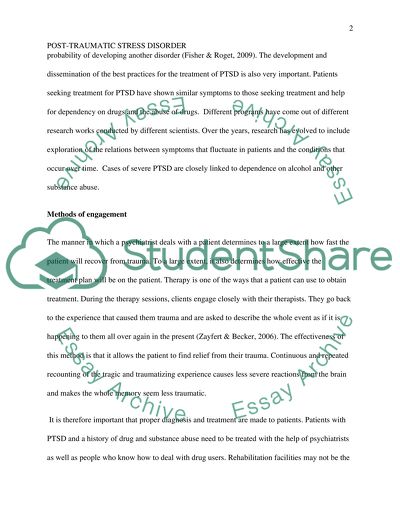Cite this document
(“Post -traumatic stress disorder, substance abuse, and trauma Research Paper”, n.d.)
Post -traumatic stress disorder, substance abuse, and trauma Research Paper. Retrieved from https://studentshare.org/sociology/1482110-post-traumatic-stress-disorder-substance-abuse-and
Post -traumatic stress disorder, substance abuse, and trauma Research Paper. Retrieved from https://studentshare.org/sociology/1482110-post-traumatic-stress-disorder-substance-abuse-and
(Post -Traumatic Stress Disorder, Substance Abuse, and Trauma Research Paper)
Post -Traumatic Stress Disorder, Substance Abuse, and Trauma Research Paper. https://studentshare.org/sociology/1482110-post-traumatic-stress-disorder-substance-abuse-and.
Post -Traumatic Stress Disorder, Substance Abuse, and Trauma Research Paper. https://studentshare.org/sociology/1482110-post-traumatic-stress-disorder-substance-abuse-and.
“Post -Traumatic Stress Disorder, Substance Abuse, and Trauma Research Paper”, n.d. https://studentshare.org/sociology/1482110-post-traumatic-stress-disorder-substance-abuse-and.


